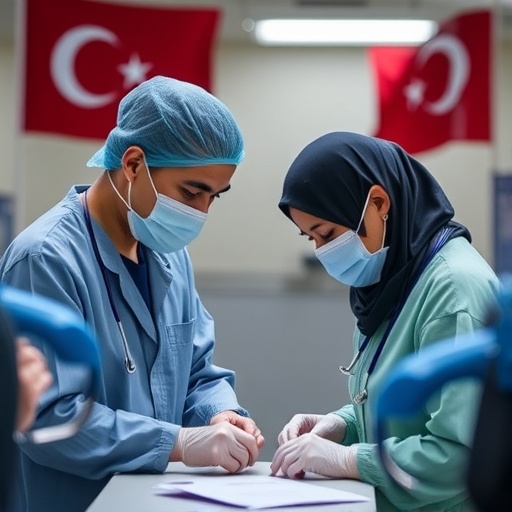Dirk Hovy, Bocconi University, has won a 1.5 million euro ERC Starting Grant. His project introduces demographic factors into language processing systems to improve algorithmic performance, avoid racism and sexism and enable new applications

Credit: Paolo Tonato
Siri or Alexia, Google translator or Deepl, the problem is always the same: they have not yet learned the nuances of different languages, let alone how to adapt their response or translation according to the context. And this is because “natural language processing (NLP) technologies”, explains Dirk Hovy, Associate Professor at Bocconi University’s Department of Marketing, “do not take demography into account either in the understanding of language or in its generation. And this failure prevents us from achieving human-like performance. It limits possible future applications and introduces a systematic bias against underrepresented demographic groups”.
And overcoming these limits are the objectives of the INTEGRATOR project (Incorporating Demographic Factors into Natural Language Processing Models) for which Hovy has obtained a 1.5 million euro ERC Starting Grant from the European Research Council. The research project aims to make the design of demographically aware NLP systems possible. “NLP is used in translation, research, chatbots, personal assistants, business analytics and many other applications. So demographically-biased models create inequalities in access to these vital technologies,” says Hovy.
In a way, today’s artificial intelligence-based language systems are not so intelligent. “They don’t capture the intent of the speaker and they don’t adapt their language to the user,” says Hovy. “If we ask a smart assistant why it gets dark in the evening, he always explains it the same way, regardless of whether the question was asked by a five-year-old child or a scientist. But a child and an adult require very different answers. Current systems assume that everyone speaks the same way. This assumption and the inability to adapt to different user groups encode demographic biases, which lead to sexism, racism and ageism. With this project, we will make systems demographically more intelligent. We will develop formal approaches to describe and measure demographic distortions and prototype better systems”.
“I want to render language technology about people again,” concludes Hovy, “just like in the beginning, when the field was influenced by linguistics and philosophy. Later, it was limited to technical aspects and feasible applications”. That is why, in his ERC project, Hovy will work with scholars in machine learning, sociolinguistics, sociology, demography, ethics and philosophy.
Hovy’s project is the 36th ERC Grant hosted by Bocconi University since the start of the European programme in 2007, and the second in computer science.
###
Media Contact
Tomaso Eridani
[email protected]





